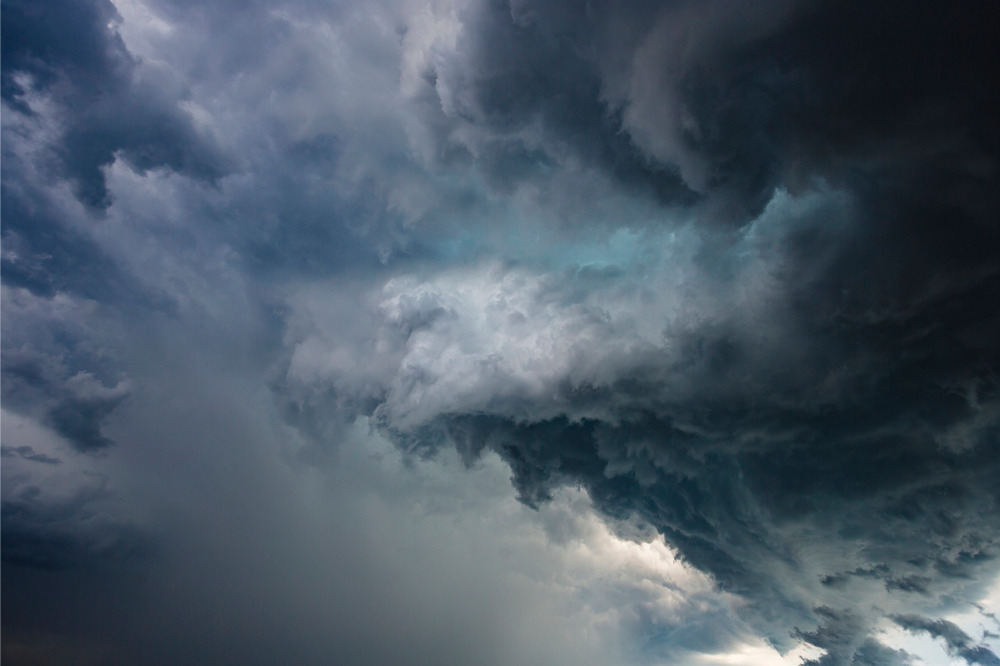Severe thunderstorms accounted for almost 70% of insured cat losses in H1

Severe thunderstorms accounted for almost 70% of insured cat losses in H1 | Insurance Business Australia
Catastrophe & Flood
Severe thunderstorms accounted for almost 70% of insured cat losses in H1
Insured losses almost double the annual average, Swiss Re finds
Catastrophe & Flood
By
Steven Byerley
A series of widespread thunderstorms, known as severe convective storms, have caused significant insured losses in the United States, accounting for 68% of global insured natural catastrophe losses in the first half of 2023, according to a new report from Swiss Re. This trend underscores the escalating impact of secondary perils.
“With severe thunderstorms as the main driver for above-average insured losses in the first half of 2023, this secondary peril becomes one of the dominant global drivers of insured losses,” said Martin Bertogg, head of catastrophe perils at Swiss Re. “The above‑average losses reaffirm a 5-7% annual growth trend in insured losses, driven by a warming climate but even more so, by rapidly growing economic values in urbanised settings, globally.
“The cyclone and flood events in New Zealand in the first quarter of 2023 are testimonies of the risk to today’s large urban centres, continuing patterns observed in 2021 in the Germany flooding, and in 2022 in Australia and South Africa.”
Severe convective storms, characterised by thunder, lightning, heavy rain, hail, strong winds, and sudden temperature changes, have resulted in nearly US$35 billion in insured losses worldwide from January to June 2023. This amount is almost twice as high as the annual average of the past decade (US$18.4 billion), Swiss Re reported.
In the United States alone, a series of severe thunderstorms led to insured losses of US$34 billion during the first half of the year, marking the highest ever insured losses recorded within a six-month period. The occurrence of 10 events causing losses exceeding US$1 billion each is a notable contrast to the annual average of six such events observed during the previous decade. Among all states, Texas was the most affected, Swiss Re reported.
New Zealand experienced two severe weather events in quick succession in early 2023, shedding light on the increasing risk faced by large urban centres from weather-related perils. The North Island endured severe flooding in Auckland, the country’s largest city, as well as the remnants of Cyclone Gabrielle. Together, these events resulted in the costliest weather-related insured losses in New Zealand since 1970, amounting to an estimated US$2.3 billion.
The impact of climate change is evident in the rise of extreme weather events.
“The effects of climate change can already be seen in certain perils like heat waves, droughts, floods and extreme precipitation,” said Jérôme Jean Haegeli, group chief economist at Swiss Re. “Besides the impact of climate change, land use planning in more exposed coastal and riverine areas, and urban sprawl into the wilderness, generate a hard-to-revert combination of high value exposure in higher risk environments. Protective measures need to be taken for insurance products to remain economical for such properties at high risk. It is high time to invest in more climate adaption.”
In mid-May, heavy rainfall in northern Italy’s Emilia-Romagna region caused extensive flooding, resulting in expected insured losses exceeding US$0.6 billion, Swiss Re reported. This event has become the costliest weather-related incident in Italy since 1970, with estimated economic losses totalling US$10 billion. Notably, 94% of losses in Italy remain uninsured, underscoring the crucial role of insurance in closing the protection gap and enhancing financial resilience against natural catastrophes.
Throughout the year, heatwaves have left their mark on various regions, including the US, northwestern China, and southern Europe. Southern Europe experienced dry weather conditions and strong winds that worsened wildfires, potentially triggered by human activity, across Greek islands, Italy, and Algeria. Nevertheless, it is still too early to estimate the economic and insured losses caused by these incidents, according to the report.
Earthquakes remain a significant source of humanitarian and financial consequences. The earthquake in Turkey and Syria emerged as the costliest disaster in terms of both economic and insured losses, impacting the lives and infrastructure of millions of people throughout the region. Swiss Re estimates insured losses at US$5.3 billion, while preliminary economic losses stand at US$34 billion, according to the World Bank.
Overall, the economic losses stemming from natural catastrophes in the first half of 2023 reached US$120 billion, slightly lower than the prior-year period (US$123 billion) but still 46% above the 10-year average.
Have something to say about this story? Let us know in the comments below.
Related Stories
Keep up with the latest news and events
Join our mailing list, it’s free!






